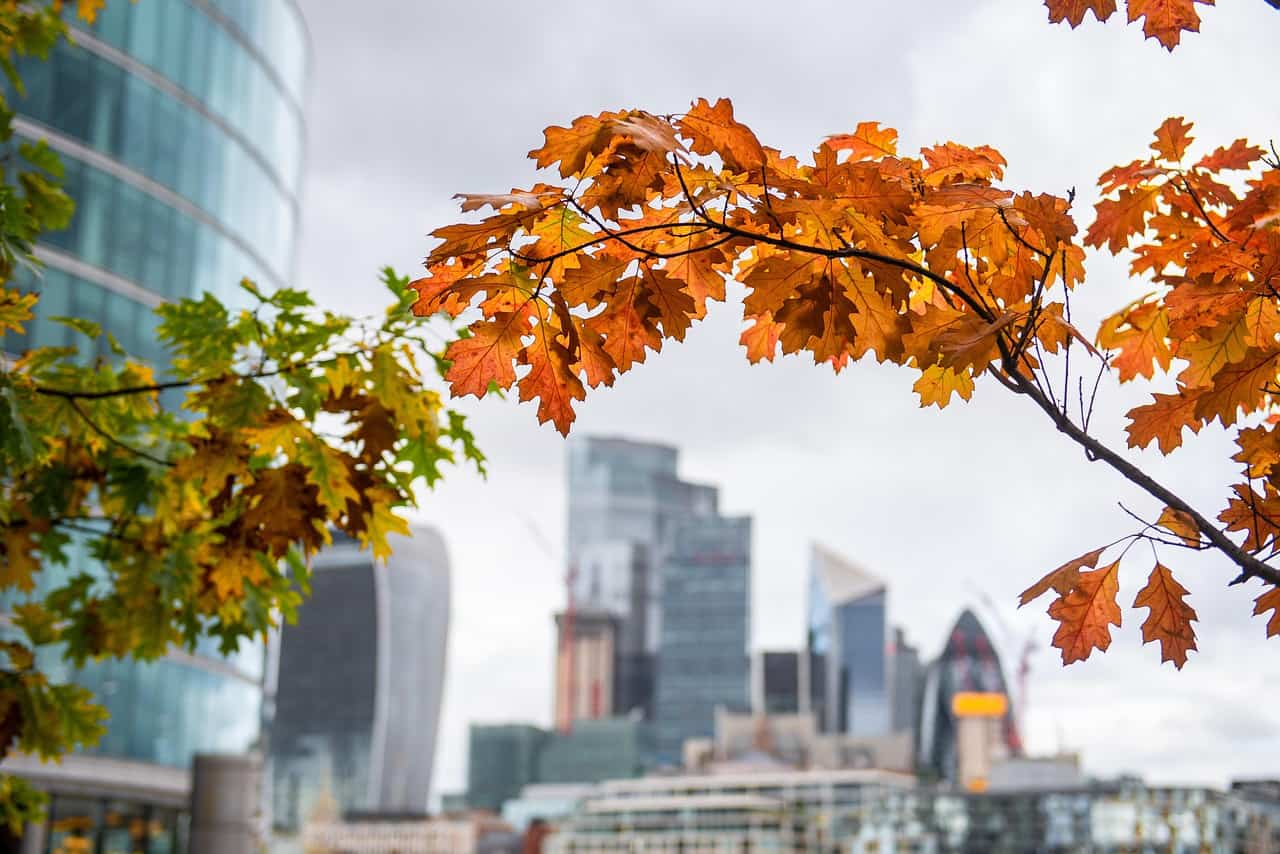As cities continue to grow, the importance of trees in urban landscapes becomes increasingly clear. Far more than decorative elements, trees are essential components of green infrastructure, supporting everything from public health to environmental resilience.
Their presence contributes to livable cities by offering shade, improving air quality, and providing spaces for nature to thrive.
Urban Forestry: The Backbone of Greener Cities
Urban forestry is the science and practice of managing trees and forest resources within city environments.
It plays a key role in long-term urban planning, helping communities maintain healthy and diverse tree populations that support city life.
Whether it’s caring for individual street trees or preserving large urban woodlands, urban forestry ensures trees remain an integral part of the built environment.
Tree Canopy Coverage and Its Cooling Power
A key metric in city sustainability is tree canopy coverage, the percentage of land shaded by trees. Higher canopy levels increase shade and contribute to urban heat island mitigation by reducing temperatures in dense neighborhoods.
Tree shade cools buildings and streets, decreasing the need for artificial cooling and reducing energy costs.
Cleaner Air and Less Noise
Trees play a major role in air quality improvement by absorbing pollutants like carbon monoxide, sulfur dioxide, and nitrogen dioxide. Their leaves and branches act as natural filters.
At the same time, dense foliage contributes to noise pollution reduction, buffering the sounds of traffic and construction that often dominate urban soundscapes.
Stormwater and Biodiversity Benefits
Trees are powerful allies in stormwater management. Their roots absorb rainwater, reducing runoff and the risk of flooding.
In addition, urban trees foster biodiversity in cities by creating habitats for birds, insects, and small mammals.
Even a small patch of greenery can become a thriving ecosystem when thoughtfully integrated into the urban fabric.
Carbon Sequestration and Ecosystem Services
Urban trees contribute to carbon sequestration, helping offset greenhouse gas emissions by absorbing CO₂ from the atmosphere.
They also provide a range of urban ecosystem services such as temperature regulation, erosion control, and water filtration, making them a quiet yet powerful force for sustainable living.
Health and Well-Being in Urban Green Spaces
The public health benefits of trees are vast. Trees reduce stress, encourage physical activity, and improve overall well-being.
They also offer shade and cooling on hot days, making parks and sidewalks more accessible during summer months.
Numerous studies now show a clear link between mental health and green spaces, with people feeling calmer and happier when surrounded by nature.
Smart Planning for Greener Cities
Effective green space planning ensures that all residents have access to trees and parks, not just those in affluent neighborhoods.
This ties into environmental justice, where equity in access to green infrastructure becomes a priority.
In addition, sustainable city design integrates trees into rooftops, walls, and transit corridors, helping cities grow in balance with nature.
Restoration, Resilience, and Community Action
Efforts in urban habitat restoration are helping to bring native species and ecological balance back into cities.
These projects contribute to urban climate resilience, allowing cities to better adapt to the effects of climate change.
Most importantly, community tree planting initiatives foster a sense of shared responsibility, bringing neighbors together to grow greener, healthier neighborhoods.
Tree-Lined Streets: A Simple Yet Powerful Choice
Adding more tree-lined streets might seem like a small change, but it can transform a neighborhood.
Trees along sidewalks not only beautify the area but also improve walkability, reduce pollution, and boost real estate values.
It’s a classic example of how nature can enhance urban life in practical, lasting ways.
Conclusion
The role of trees in urban landscapes is not just aesthetic—it’s essential. Through thoughtful urban forestry practices and the expansion of green infrastructure, cities can combat pollution, improve health, support wildlife, and become more resilient to climate change.
By embracing community tree planting initiatives and integrating nature into urban planning, we can build cities that are not just smart, but truly sustainable.

